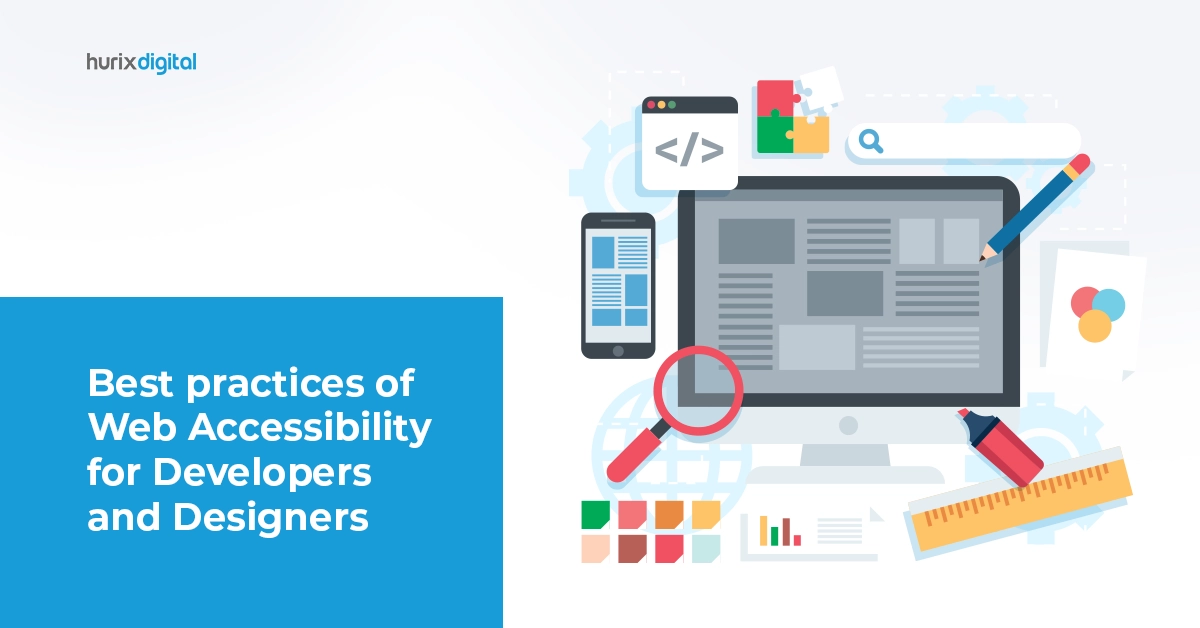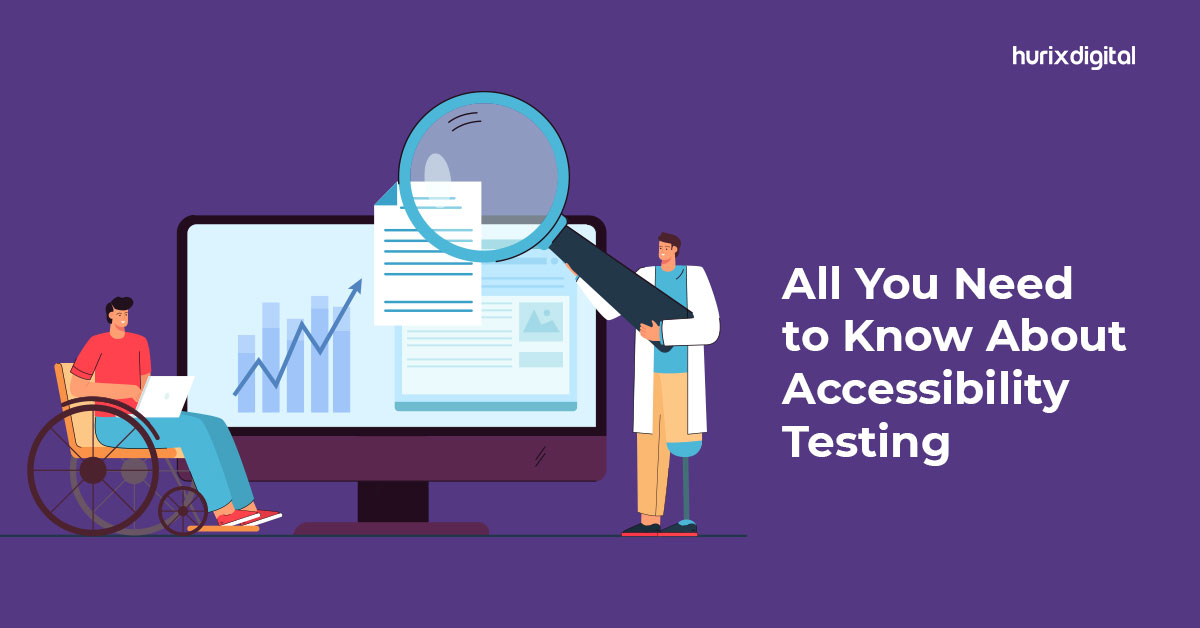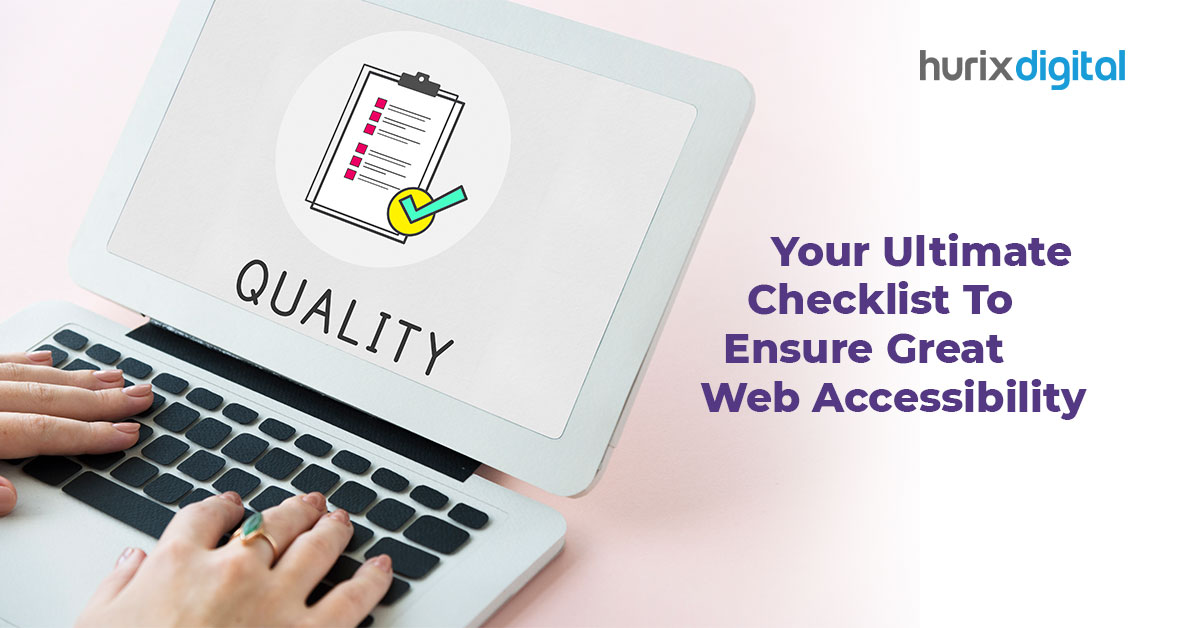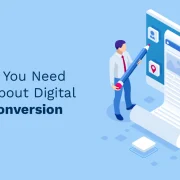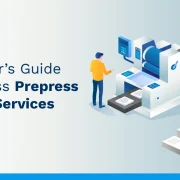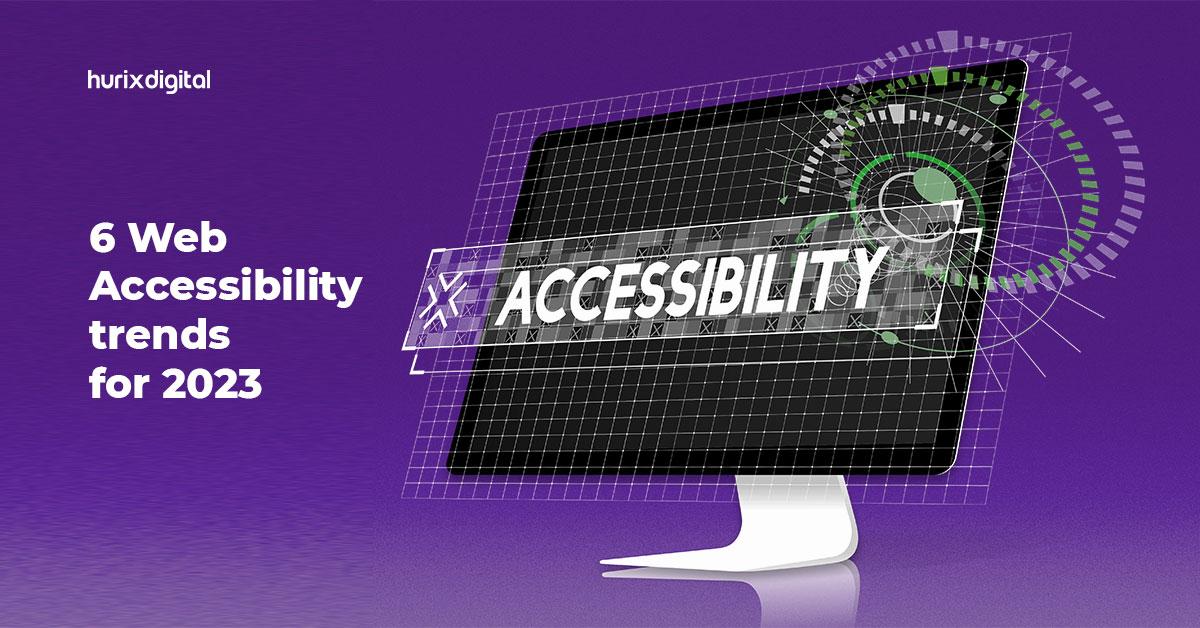
6 Web Accessibility Trends for 2025
Making the web accessible to everyone isn’t just a legal requirement today; it is also an obligation and a business necessity. As technology changes, so will the need for web accessibility. Various key trends will shape web accessibility in 2025.
Although the technological world advances to new heights every day, an overwhelming 95.9% of websites still fail to meet the most minimal requirements of accessibility standards, says WCAG 2; that is the alarming scale that calls for increased action and awareness for more inclusive digital experiences.
If you’re also searching for web accessibility solutions for your business or website, you’ve come to the right place. Here are six web accessibility trends for 2025 that will make your website more accessible and inclusive.
But first, let’s discuss what we mean by the term ‘web accessibility.’
Table of Contents:
What is Web Accessibility?
In other words, web accessibility entails making websites accessible to users with disabilities. It covers the design and development process of a website that a user of any ability is supposed to use and interpret. Highlighting accessibility ensures meeting legal requirements, raising brand reputation, and increasing market penetration.
WCAG stands for Web Content Accessibility Guidelines. It is actually a set of regulations that help content to be more accessible to people with disabilities. This makes web content available to all, regardless of any kind of ability or the type of technology used to access the Internet.
In addition, accessibility increases and enhances your website’s overall SEO. Search engines enjoy sites with decent user experience and usability, so improving accessibility could increase your rank for an internet search and organic visits.
Also Read: How to Enhance User Experience for Web Accessibility Testing?
What are the Web Accessibility Trends for 2025?
Strict adherence to the WCAG and the standards set forth by the World Wide Web Consortium (W3C) would mean that each and every web page as well as websites are available for persons with impairments and disabilities.
All the rules and regulations are divided into three categories of conformity, namely A, AA, and AAA. In addition to that, four key principles concerning web page elements such as perceivable, operable, understandable, and robust, fall under the guidelines.
Examples of WCAG 2.1 guidelines:
- Audio and video content must have subtitles and transcripts to ensure people with hearing impairments can understand the content.
- All the functionalities of the webpage must be operable through the keyboard. This ensures that users who are unable to use a mouse because of limited motor functions can still interact with the web content.
- Allow users to choose the desired font size and layout. This will ensure that users with partial visual impairment can adjust the content according to their specific needs and engage more thoroughly.
You can visit the official page of WCAG to learn about the other guidelines and design your web pages and websites accordingly.
1. More Interactive Mobile Experience
As mobile users grow exponentially, web developers need to ensure mobile accessibility. Over 6 billion mobile users are now recorded globally, and by the end of 2027, the number is expected to be around 7.6 billion. The mobile experience has, therefore, become very significant. It is further enhanced by the spread of 5G technology, which makes access to the internet a smooth experience.
Mobile users access websites for various purposes, such as shopping online, booking tickets, creating content, and conducting other business transactions. To respond to this diverse array of activities, web developers should focus on improving websites for mobile devices.
The key aspects of mobile web accessibility include small screen optimization, touch-based navigation, and performance optimization for slower internet connections. By optimizing for these factors, developers will ensure a seamless and enjoyable mobile experience for all users.
2. Utilizing Machine Learning
Machine learning is an artificial intelligence that enables the computer to learn and expand its ability to interact with the user. There are four categories of machine learning: supervised, unsupervised, semi-supervised, and reinforcement learning.
Web developers can utilize just about any machine learning algorithm while scanning for issues and working on them as a product of specifications, user-friendliness, or other aspects of personal preferences. Furthermore, it conserves developers’ time and enhances productivity by allowing the algorithms to perform their functions, thereby enabling developers to concentrate on other urgent tasks that are not amenable to automation.
In conclusion, the perfect application and use of the above machine learning techniques help create alternative text for pictures effectively, thus ensuring the access of visually impaired individuals to other sources.
3. AI-Powered Chatbots
AI-powered chatbots are another face of machine learning and can indeed greatly impact user experiences. They can be enormously useful in answering people’s questions and clearing up their concerns promptly and accurately in exchange for engaging with web pages. They have also proven highly useful for e-commerce sites.
Therefore, they help business organizations save time and cost since they automate the process of customer services, such as answering some repeatedly asked questions, leading customers to related information or other resources, and processing payments.
These AI-powered chatbots can be combined with features such as text-to-speech, keyboard navigation, and response time management, among others, to establish their role as a web accessibility solution.
4. Virtual and Augmented Reality
Another important web accessibility trend in 2025 includes using virtual and augmented reality technologies to make experiences more immersive and accessible.
With these technologies, businesses and organizations also focus on personalized employee learning, training and development, and more.
Virtual and augmented reality assimilation with web accessibility solutions will not only allow users with disabilities to practice an immersive and engaging web experience but also learn from it. Some of the benefits of virtual and augmented reality for people with disabilities are:
- Improved interaction and communication
- Development of social skills
- Sensory improvement
- Opportunity to convey ideas and thoughts better
5. Search Engine Optimization (SEO)
SEO stands for Search Engine Optimization, a popular web accessibility trend that ensures that any given webpage is properly optimized and structured. It helps enhance the site’s overall usability and navigability for users with disabilities.
SEO considers various elements, such as using proper heading tags, alt text for images, and creating a clear and consistent site hierarchy.
As 60% of marketers believe that SEO is the most important and well-performing lead generation source, it is smart to combine it with web accessibility solutions.
Also Read: Navigating Accessibility Standards: A Comprehensive Guide to WCAG & Web Content Accessibility
In Conclusion
Web accessibility trends should be a critical tool for consideration for individuals, businesses, corporate offices, and organizations as we enter 2025. However, if you need help with the same, look no further.
You can visit Hurix Digital and allow us to help you with all your web accessibility needs. Along with web accessibility solutions, we offer services like digital content transformation, digital content solutions, cloud service management, and much more.

Vice President – Content Transformation at HurixDigital, based in Chennai. With nearly 20 years in digital content, he leads large-scale transformation and accessibility initiatives. A frequent presenter (e.g., London Book Fair 2025), Gokulnath drives AI-powered publishing solutions and inclusive content strategies for global clients

